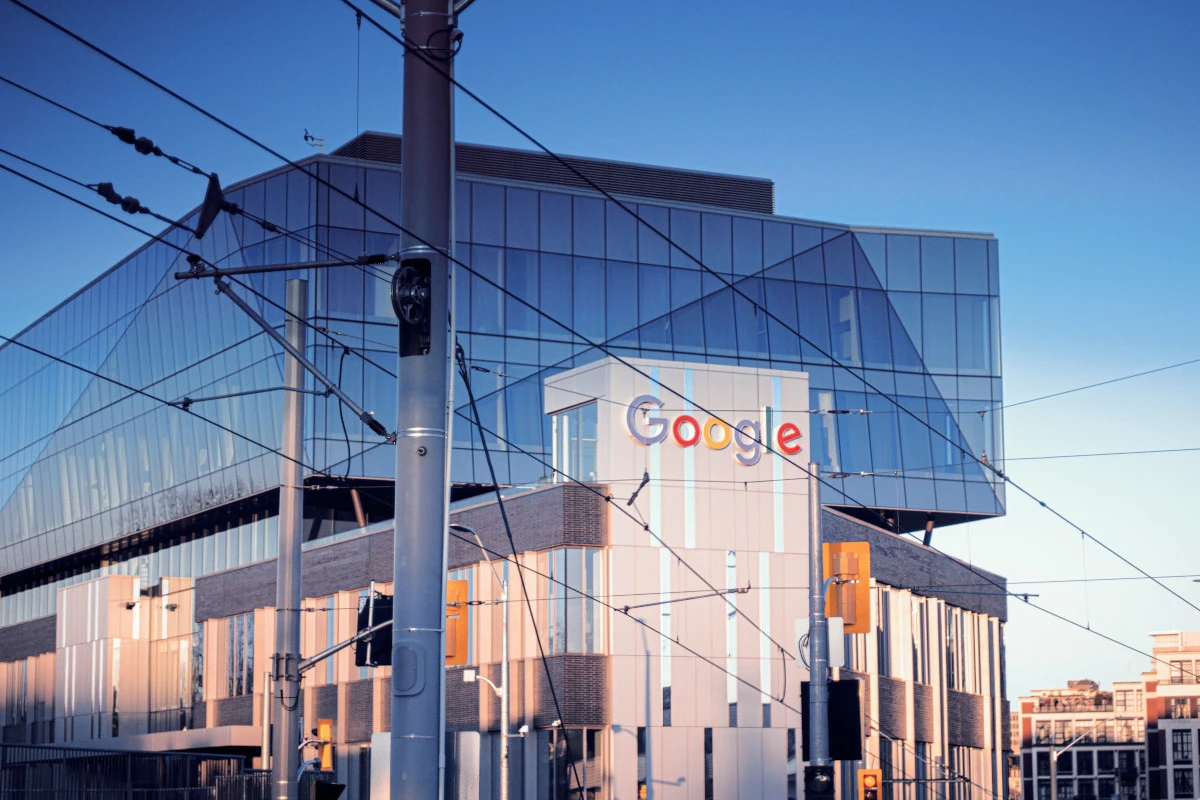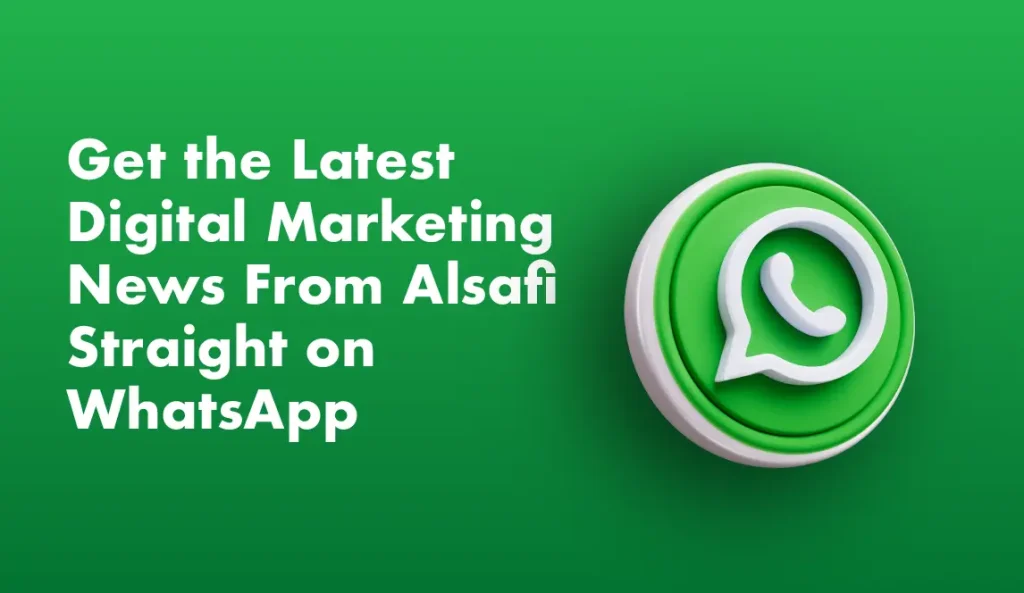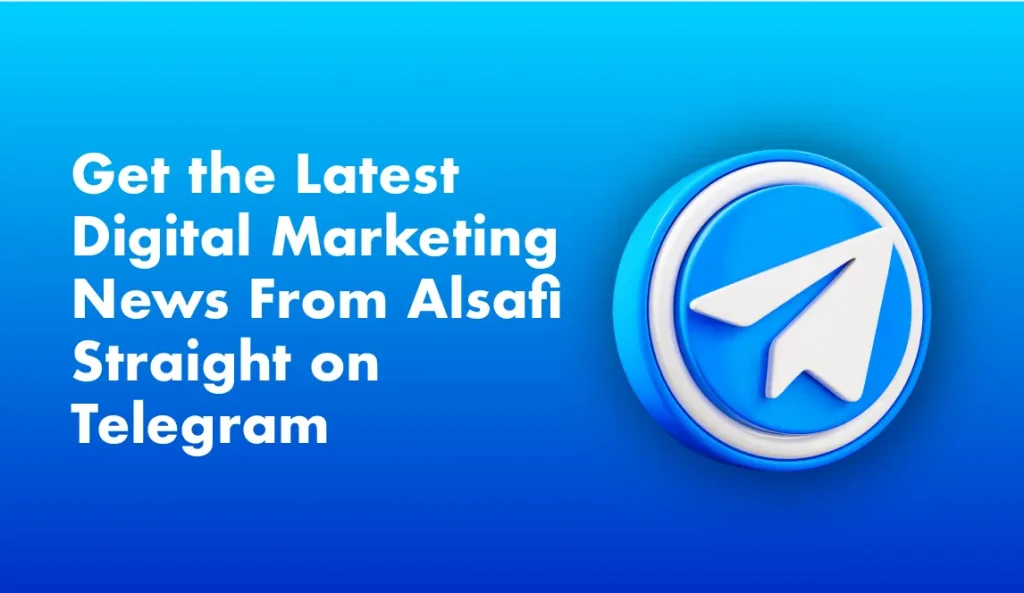At DMEXCO, one of Europe’s top digital marketing events, Google Ads unveiled major updates to empower businesses with AI-driven advertising. In response to advertiser feedback, Google introduced five innovations to improve creative processes, boost campaign performance, and offer more flexibility in managing ad assets.
Google’s message is clear: AI is here to amplify your results, not replace human creativity. These new tools offer marketers the opportunity to leverage AI to optimize ads while maintaining greater control over creative outputs and brand identity. Here’s a breakdown of the top five announcements from DMEXCO.
1. Enhanced Search Campaigns with Gemini Models in More Languages
One of Google’s key updates is the expansion of its Gemini models, which have powered the conversational experience for Search campaigns, to new languages, including German, French, and Spanish. This tool has already helped small businesses build high-performing Search campaigns with generative AI. According to Google, advertisers using this feature are 63% more likely to achieve strong ad strength scores.
For brands like HomeToGo, a vacation rental marketplace, the conversational AI tool has been instrumental in generating optimized ad headlines and descriptions, enabling them to create more effective campaigns in less time.
2. Fueling Creativity with Generative AI Across Channels
Google Ads continues to refine its AI-powered Performance Max campaigns, which dynamically optimize budgets to maximize conversions across Google’s diverse channels.
Google reported that Performance Max delivered a 19% higher ROAS for Retail and Consumer Electronics advertisers in 2023, compared to automated campaigns on other social platforms.
Demand Gen campaigns offer a new way to reach consumers through visual-first storytelling on platforms like YouTube. With AI-generated image and copy creation now available in six additional languages, businesses worldwide can enhance their creative assets more easily.
To explore this topic further, check out our Search Smarter: How Google’s AI-Powered Updates Will Impact Digital Marketing for more insights.
3. AI-Powered Creative Control
AI doesn’t have to mean giving up control. Google’s latest tools allow advertisers to provide reference images and prompts to shape AI-generated outputs that fit their brand’s aesthetic. Brand guidelines in Performance Max are also rolling out in full, enabling advertisers to ensure consistency in fonts, colors, and logos across all ad formats.
Google has extended creative preferences in Demand Gen campaigns, letting advertisers pin specific video assets to formats. This ensures their most impactful visuals reach the right audiences at the right time.
4. Deeper Insights for Better Campaign Optimization
To help advertisers improve their campaign performance, Google introduced advanced reporting tools for Performance Max. These include asset-specific conversion metrics and asset coverage reporting, which provide detailed insights on underperforming ad elements. By offering actionable recommendations like “add 2 long headlines,” advertisers can more easily fine-tune their campaigns for maximum impact.
New insights will also provide advertisers with better visibility into campaign performance, including combined reports that integrate explanations and recommendations to address fluctuations in campaign success.
5. More Control in Media Management
Responding to one of the most requested features, Google Ads is introducing campaign-level negative keywords for Performance Max campaigns, set to roll out by the end of the year. This addition ensures advertisers can align their ads more closely with specific audience and brand needs.
Omnichannel bidding for Demand Gen campaigns will soon be available in beta. It will help advertisers optimize for both online and in-store conversions. For those using Google’s Display & Video 360, support for Demand Gen campaigns will launch in October. This will offer more flexibility for buying ad space across multiple channels.
What This Means for Marketers
These innovations represent a significant step forward for marketers seeking more control over AI-powered campaigns. Google’s updates provide a balance between automation and creative freedom, allowing brands to fine-tune their messaging while still benefiting from the scale and efficiency of AI.
The enhanced creative tools, deeper insights, and increased flexibility make these AI advancements valuable for advertisers. These features help boost return on investment. With them, Google Ads strengthens its position as a leader in AI-driven marketing, delivering results while giving advertisers more control.




Leave a Reply